Généralement un condensateur devient batterie plasmique si on ajoute une feuille d’aluminium entre le papier de GaNS et la bobine secondaire.
Table of Contents
Batterie Magrav
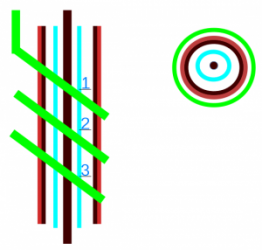 Chaque transition du niveau plasmique vers le niveau matériel augmente l’énergie exponentiellement. Dans l’exemple d’une batterie :
Chaque transition du niveau plasmique vers le niveau matériel augmente l’énergie exponentiellement. Dans l’exemple d’une batterie :
- vert : bobine extérieure en Mg, Al ou autres matériau (doit être différent du cuivre)
- rouge/noir : mince plaque de Cu en forme de tuyau; seulement le côté intérieur nano-plaqué; enroulé autour du Papier-GaNS
- bleu : Papier-GaNS; 1=faible, 2=moyen, 3=fort
- noir : pin centrale en Cu-np
Le GaNS est du GaNS sec avec un peu d’eau pour le rendre ‘soupeux’. Le différentiel de GaNS sur la Papier-GaNS crée un champ plasmique en forme un tore, dans lequel l’énergie bouge du bas vers le haut vers le bas.
Batteries
How to connect a plasma battery: half of the split capacitor feeds energy into the load, while the other half is feeding energy back into the battery system.
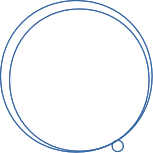 Lorsqu’on roule l’aluminium autour du papier avec le GaNS ou le PL-gaNS, on devrait rouler le bout de l’aluminium sur lui – exactement comment on tourne les bouts de la tige centrale sur elle-même. De cette façon les condensateurs seront plus fort. Ne pas utiliser de la colle en contact direct avec les bobines ou la tige centrale – trop de danger de feu si les fils produisent beaucoup de chaleur (qui pourrait mettre le feu à la colle).
Lorsqu’on roule l’aluminium autour du papier avec le GaNS ou le PL-gaNS, on devrait rouler le bout de l’aluminium sur lui – exactement comment on tourne les bouts de la tige centrale sur elle-même. De cette façon les condensateurs seront plus fort. Ne pas utiliser de la colle en contact direct avec les bobines ou la tige centrale – trop de danger de feu si les fils produisent beaucoup de chaleur (qui pourrait mettre le feu à la colle).
Plasma battery
 This is the full plasma battery condition. It is both a battery (the forward pointing outer coil) and a capacitor (backwards pointing outer coil). It is important that the materials for the outer coil and the gans wrapping are not the same. This is the component you have to use for the spaceship to feed the 4(5) stackers.
This is the full plasma battery condition. It is both a battery (the forward pointing outer coil) and a capacitor (backwards pointing outer coil). It is important that the materials for the outer coil and the gans wrapping are not the same. This is the component you have to use for the spaceship to feed the 4(5) stackers.
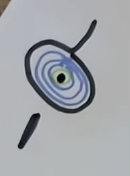 As gans use the composite gans, one battery with CO2, another with CH3, another Fe, or metagans, etc what you want. The meta gans in the batteries will also be the means to provide medicine and food (on a plasma level).
As gans use the composite gans, one battery with CO2, another with CH3, another Fe, or metagans, etc what you want. The meta gans in the batteries will also be the means to provide medicine and food (on a plasma level).
The storage capacity of the battery is raised when Al-gans is used in conjunction with other ganses.
If you make the GaNS with the 3 ganses and add apple vinager to it – the battery should become more powerful.! If your gans is more powerful than the nanocoated material, then the plasmatic energy from the gans is tranmitted through the nano-material into the matter (copper wire) where you can pick it up as energy.
In this way we can tap the plasmatic energy to any electrical system (glass with gans and a stack submerged into it.
Adding starch to the gans production also raises the energy level/capacities; and add a little bit of caustic solution will repair nanocoating.
Batterycapacitor (BC)
 As the center pin use stranded wire and not solid wire. Do not strip the wire but nanocoat it inside the insulation: put one end (stripped) into a bottle with caustic; leave the insulated part outsite. Strip just a little bit of the other end. When this other end turns black – your whole wire is nanocoated. You can also cut the insulation open, take the wire out, nanocoat it and put it back in. Then put the whole thing into caustic to nanocoat the plastic as well.
As the center pin use stranded wire and not solid wire. Do not strip the wire but nanocoat it inside the insulation: put one end (stripped) into a bottle with caustic; leave the insulated part outsite. Strip just a little bit of the other end. When this other end turns black – your whole wire is nanocoated. You can also cut the insulation open, take the wire out, nanocoat it and put it back in. Then put the whole thing into caustic to nanocoat the plastic as well.
Then put a tissue paper with gans around it.
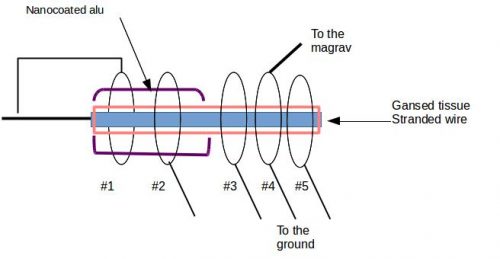 Then put nanocoated aluminium foil on half of the capacitor and apply the two outer coils (this is the battery part = generation). The coil #1 is connected to the pin (-).
Then put nanocoated aluminium foil on half of the capacitor and apply the two outer coils (this is the battery part = generation). The coil #1 is connected to the pin (-).
then put 3 coils on the paper side (this is the capacitor side; = storage). The coils #2, 3, 4 or 5 can be connected to the load, etc. Depending on what you want to use it for. You can also connect one coil on the capacitor side also to the centerpin so the capacitor feeds also the system back. Look at these connections not as matter state but as plasma state.
If you connect #4 to the earth you create a sinusoidal feed back. And then connect the same coil to the magrav, you have made a generator which does not need to be connected to the grid to pick up the pulse that is needed to create the plasma in your magrav unit.
Lets call this batterycapacitor A-unit. For a full system you need to put 4 A-units in parallel. Lets call them B-units. And then put 4 of these B-units in series. You can connect every #4 coil or just one to the ground to get the sinusoidal wave.
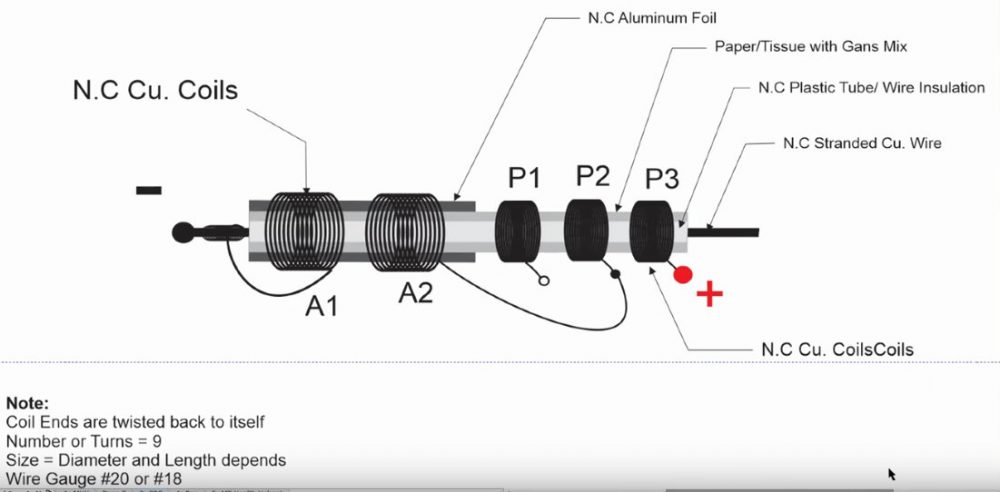
You can nanocoat p1,p2,p3 with anything that you want to transfer later as plasma (for example a specific virus energy) or an apple. Then the coils will deliver that energy to the body (as if you have eaten an apple).
You can use Zn nanocoated to replace the aluminum sheet.
Batterie plasma pour outils de santé
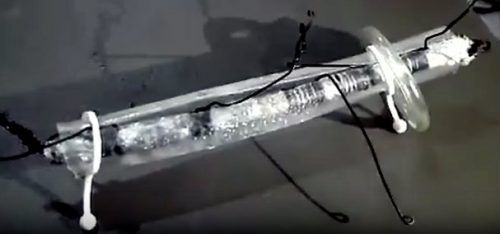
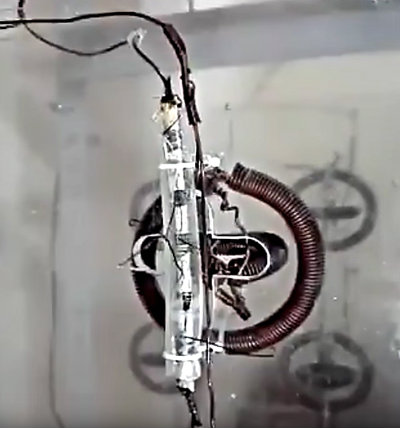
Shungite battery
Peter – video
A shungite 10×10 on a magnesium plaque 20×20 with a sheet of baking paper soaked in gans in between.
A 3V LED with a jule-thief switchboard (makes 3V from anything above 0.8V) – connected to the batterie – it lights for ever. The intensity raises with the pressure on the shungite on the magnesium plate.
The same with 2x copper and 2x magnesium plates, toiletpaper with gans. Better still when the plates are coated and NaOH in between to hold the humidity necessary. Or copper and alu (still more plates).
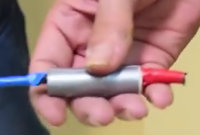 Revive old batteries
Revive old batteries
Connect one nano-coated coil to the (-) and the (+) pole of the battery. In time the tension will rise again. You have to leave the coils on the poles. An AAA battery which was empty gave immediately 1.2V again and a LED could be lit. Peter Salocher taped a gans paper around the battery also (check whether the gans or the coils work)
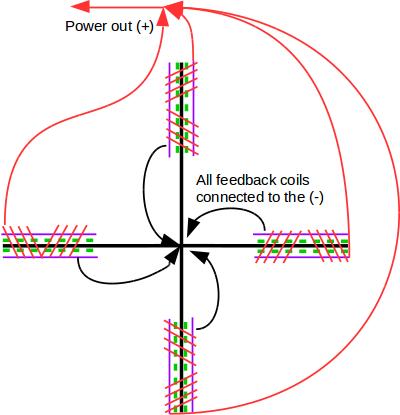 Cross battery
Cross battery
Connect 4 split capacitor plasma batteries and connect the 4 negatives together; connect the outer feedback coil to the same terminal. Then connect all the outer outlet coils to the same power supply terminal.
This system creates a very stable power supply with very little fluctuation. This kind of powersupply is good for things like e-bikes.
Round capacitor-battery
- Make a center coil with a coil inside it
- cover a tissue with gans and wrap it around the coil
- wrap aluminium foil around everthing
they yield 1.25V each
Batterie à tout jamais
- placer la batterie dans un contenant à l’épreuve de l’eau
- placer les 2 dans un plus grand contenant qui est rempli de PL-ZnO+CO2+COHN-CH3
- placer des bobines sur les terminaux et les mêmes GaNS
- fermer pour contenir l’himidité